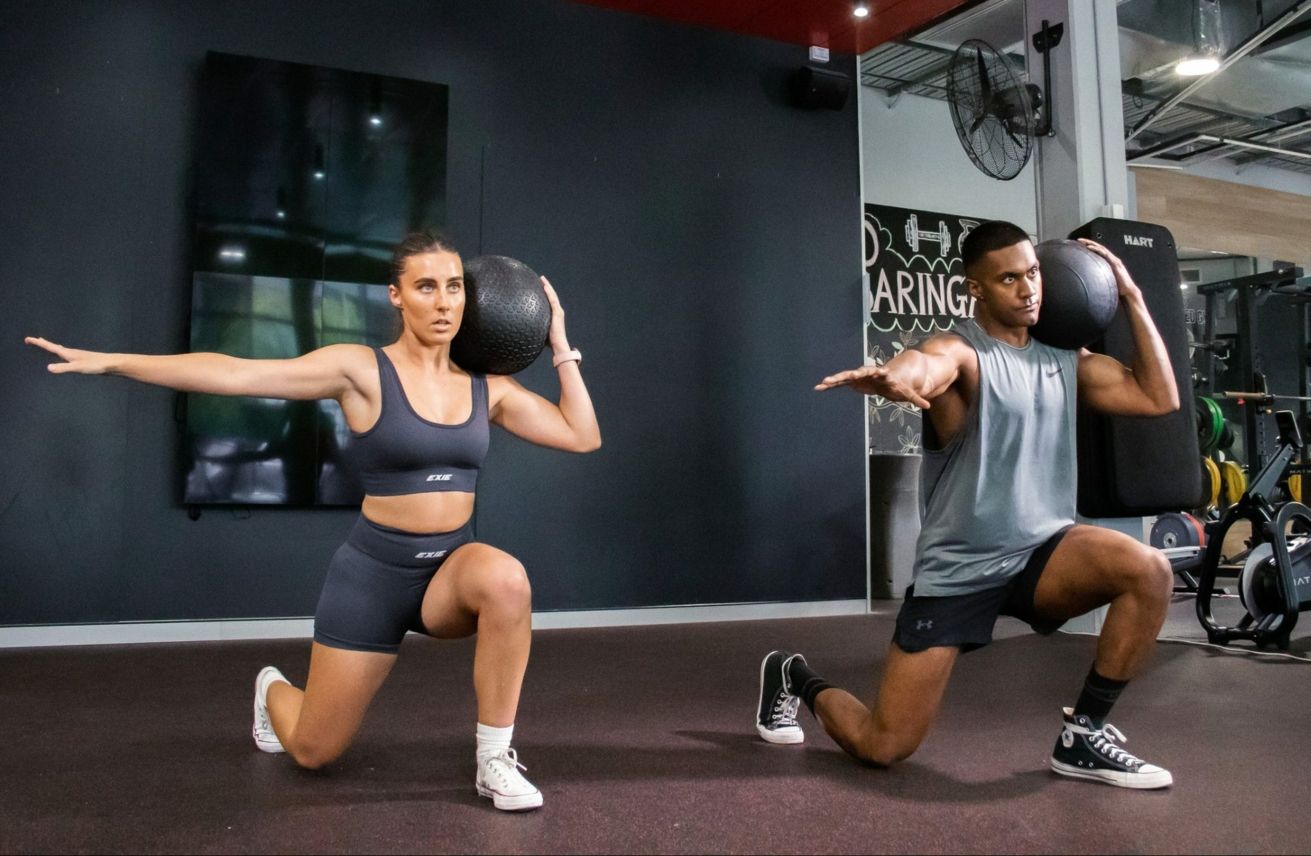
Understanding Stress and Recovery
Everything in life is a stressor—whether it’s your workouts, job, family responsibilities, or even your daily commute. The key to achieving peak performance lies in how well you manage these stresses with adequate recovery.
Stress + Recovery = Performance
This formula highlights the importance of balancing stress and recovery to achieve optimal performance. Without recovery, stress can lead to burnout and distress.
Stress + Stress = Distress
When stress accumulates without recovery, it can result in diminished performance, fatigue, and even injury. That’s why understanding the different types of recovery is crucial for anyone striving for their personal best.
Micro Recovery: Rest Between Sets
Micro recovery refers to the brief rest periods between sets during your workouts. These short breaks play a crucial role in your training, as they directly impact the effectiveness of your session.
- Strength and Growth: For those focusing on building strength and muscle growth, resting for 90 seconds to 5 minutes between sets is ideal. The heavier the lift, the more rest you’ll need. This allows your muscles to recover sufficiently and prepare for the next set.
- Shortened Rest Periods: If you’re short on time, you might consider reducing your rest periods to 45-60 seconds. This approach can turn your strength training into more of a cardiovascular workout, increasing the intensity and calorie burn.
- Intervals and Rest Ratios: The amount of rest you need also depends on your training goals:
- No Rest for Aerobic Work: Continuous activity without rest to improve endurance.
- 1:1 Work to Rest for Volume Building: Equal work and rest periods for hypertrophy.
- 2:1 for Lactate Threshold Work: Longer rest to work on endurance and recovery.
- 3:1+ for HIIT and Top-End Speed: High rest to allow full recovery for intense bursts of speed and power.
What to Do During Rest Periods
Rest periods aren’t just about sitting around. Here are a few activities you can do to make the most of this time:
- Light Stretching: Gentle stretches can help keep your muscles warm and flexible, reducing the risk of injury.
- Breathing Exercises: Deep breathing can help lower your heart rate and bring oxygen to your muscles, enhancing recovery.
- Hydration: Drink water or a sports drink to stay hydrated and replenish electrolytes lost during exercise.
- Active Recovery: Light movements like walking or shaking out your muscles can keep blood flowing and prevent stiffness.
Can I Stretch During Rest Periods?
Yes, stretching during rest periods can be beneficial, especially for preventing muscle tightness and improving flexibility. However, avoid intense stretching that might fatigue your muscles further.
How Do I Time My Rest Periods?
Using a timer or a fitness app can help you stay on track with your rest periods. Many apps allow you to set specific intervals, so you don’t have to keep an eye on the clock.
Macro Recovery: Rest Between Workouts
Macro recovery focuses on the rest days you take between workouts. This type of recovery is essential for repairing muscle tissue and preventing overtraining.
For Beginners:
- 1 Rest Day Between Each Lifting Day: Beginners should aim to have a rest day between each strength-training session to allow their bodies to adapt and recover properly.
For Intermediate to Advanced:
- 1 Rest Day After Every 2 Lifting Days: As you progress, you can increase your workout frequency. However, ensure you still include rest days to avoid burnout and injury. Depending on your program, this might mean taking a rest day after every two days of lifting.
Tips for Optimal Macro Recovery:
- Active Rest Days: Engage in light activities like walking, yoga, or swimming to keep your body moving without the intensity of a workout.
- Hydrate with Electrolytes: Proper hydration supports muscle recovery and overall health. Consider adding electrolyte drinks to your routine, especially after intense workouts.
- Eat Clean: Fuel your body with nutritious foods that meet your macronutrient targets. Eating a balanced diet helps repair muscle tissue and replenish energy stores.
- Get Sunlight and Fresh Air: Exposure to natural light, especially in the morning, helps regulate your circadian rhythm and improves sleep quality.
- Practice Breathing Techniques: Mindful breathing exercises can reduce stress and enhance relaxation.
- Engage in Activities You Love: Taking time for hobbies or leisure activities can significantly boost mental recovery and happiness.
Should I Rest If I Don’t Feel Like I Need a Rest Day?
Yes, even if you feel energetic, rest days are vital for allowing your muscles to recover fully. Ignoring rest can lead to overtraining and increased injury risk.
What Happens If My Rest Day Is Stressful? Should I Take Another One?
If your rest day ends up being stressful, consider adding another day to recuperate mentally and physically. Recovery isn’t just about physical rest but also managing mental stress.
How Do I Know If I Am Recovered?
Signs of proper recovery include:
- Feeling refreshed and energetic.
- Improved performance and strength in subsequent workouts.
- Decreased muscle soreness.
- Stable or improved mood.
Meso Recovery: Recovery Between Programs
Meso recovery involves the downtime you take between different training programs or cycles. This type of recovery is crucial for preventing long-term burnout and accommodating changes in your life.
The Importance of Seasonal Training
We should be training and living in seasons. Life changes, and so should our training. It’s essential to adjust your fitness routine according to your current lifestyle demands and energy levels.
Warning Signs of Overtraining:
- Persistent fatigue
- Decreased performance
- Irritability and mood swings
- Sleep disturbances
- Increased susceptibility to illness or injury
Ignoring these red flags can lead to serious consequences. I’ve seen it happen time and time again; if we keep pushing without allowing ourselves the grace of recovery, we will crumble.
Life changes, and so should our training.
We should also be giving ourselves grace. Let’s put down the expectations, drop the ego, and travel internally for some healing every now and then. Give yourself permission to slow down and listen to your body’s needs.
How Do I Know When to Take a Break?
Signs that you might need a deload or a break from your current program include:
- Plateau in progress
- Increased soreness and fatigue
- Loss of motivation
- Increased stress or life demands
How Long Should I ‘Deload’ For?
Typically, a deload period lasts 1-2 weeks, allowing your body to recover and adapt. During this time, reduce your training intensity and focus on lighter activities, mobility work, and mental relaxation.
Conclusion
Recovery is not just a break from training; it’s an essential component of your fitness journey. By incorporating micro, macro, and meso recovery strategies, you can enhance your performance, prevent burnout, and support your overall well-being. Listen to your body, manage stress, and remember: Recovery isn’t a luxury—it’s a necessity.
Embrace recovery as a vital part of your routine, and you’ll unlock your true potential. Tune in to the full episode of Personal Best for more insights and practical tips on mastering the art of recovery.
